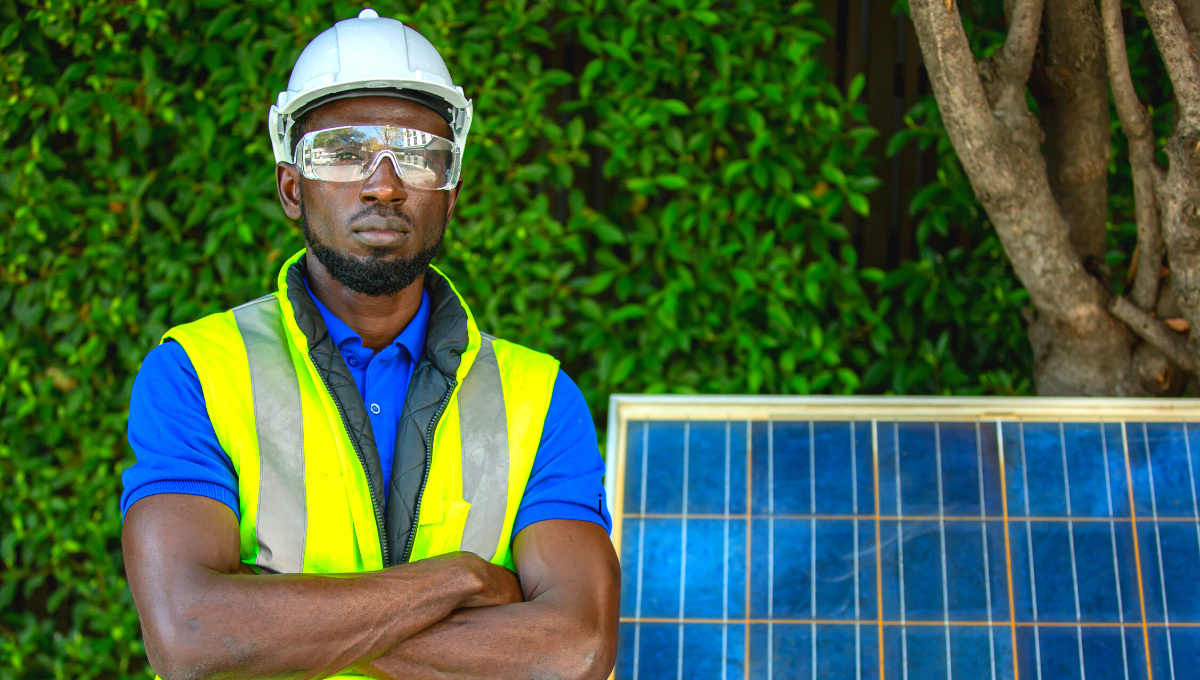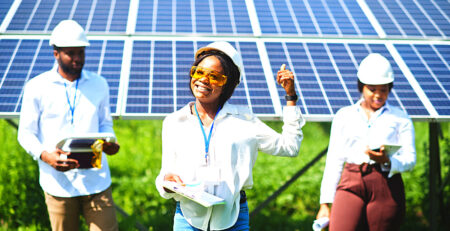5 things to consider when installing a roof-mounted solar system
Persistent load-shedding and tariff hikes resulted in many owners enquiring about installing Solar PV Solutions on their properties. Installing solar power will not only help reduce your utility bill, but also increase the value of your property and contribute to the green economy by reducing your carbon footprint.
Solar PV panels are most commonly installed on the roof. Ground-mounted structures are usually more expensive to install and occupy significant amounts of space. Roof installations generally require less wiring to connect to the building, and are less susceptible to tampering and damage than ground- or carport-mounted solar arrays.
Having the incorrect system installed, not having it installed correctly, or in the wrong place can result in wastage and an unreliable energy supply. The solar array needs to be in a position where it can receive optimal exposure to the rays of the sun. The integrity of your roofs also needs to be factored in and preserved during the process.
The installation of rooftop solar arrays may also be affected by some of the following features of your roof:
Size
Does the roof meet the desired specifications for the installation to ensure the panels get the maximum sunlight? If there is not enough space, the size of the system may be restricted and insufficient to meet your energy requirements. Skylights and chimneys may limit the available installation space. Complex roofs with multiple levels and planes may require the division of the solar system into several sections to allow for enough panels.
Shade
Consider whether trees, chimneys, satellite dishes, other buildings, or any other obstacles could prevent the panels from receiving maximum amounts of sunlight. The efficiency and amount of energy generated depend on adequate exposure to the sun. Even a small amount of shade on one panel can significantly impact the generation capacity of a string series of solar panels wired to a centralised inverter.
Condition and stability
What is the condition of your roofs? Installing a solar system on ageing or degraded roofs could exacerbate your existing problems. Solar panels add weight to your roof and might result in costly risks. We recommend having the structural integrity of your roof evaluated to ensure installation only proceeds when your roof meets the minimum standards.
Material
How the solar panels can be attached to your roof will depend on whether you have a shingle, tile or metal roof. The type of roof will impact the cost and ease of installation. Fragile materials such as clay, wood and thatch are not suitable for the installation of a solar system and may pose a fire risk. Tile and metal roofs are preferable.
Direction and angle
Do you have a flat or steepled roof? The amount of sunshine your solar panels are exposed to during the day will depend on the direction of the panels in relation to the sun (the Azimuth angle). Panels need to face the sun as directly as possible to efficiently collect solar power. Solar arrays need to be installed on northwards-facing parts of the roof to attain the highest amount of direct sunlight in the Southern Hemisphere.
The slope (vertical tilt) of your roof is also an important factor in determining how much sunlight the panels receive. Angles of 15° to 30° are generally preferred for maximum productivity. The roof shape will also determine whether the solar system can directly be mounted on the existing structure, or if it needs to be placed on mounts.
Flat roofs can house panels placed at shallower angles of 5° to 10°, allowing more panels in the available space. If your roof is too flat for a flush mount installation to produce sufficient energy, solar panels are placed on tilt frames at a specific fixed angle to obtain optimal sun exposure. This type of installation is also referred to as fixed tilt mounting.
If your roof has a slope of 20° to 30° the solar panels can be installed flush against your roof to generate adequate energy. Flush mounting tends to be the most aesthetically pleasing, cost-effective and easiest to install. It is also less vulnerable to damage due to extreme weather conditions.
Installing an efficient energy system on your property requires the consideration of multiple factors, and is best left to the professionals to reduce risk and ensure cost efficiency. We can help you switch to solar and backup power with minimal hassle. Our specialist team will conduct a feasibility study and assess the available space. They will advise you on how best to take advantage of the free energy provided by the sun. Systems are installed with no capital expenditure required. We also take care of maintenance and insurance of the equipment for the full length of the contract period.




